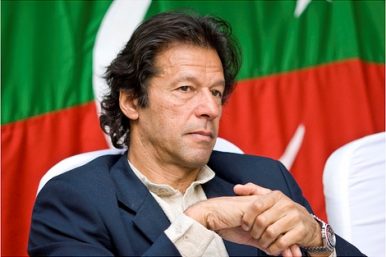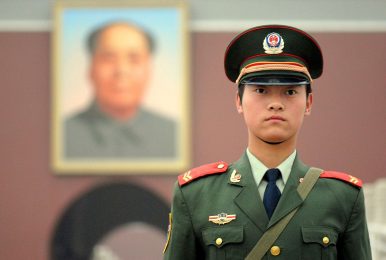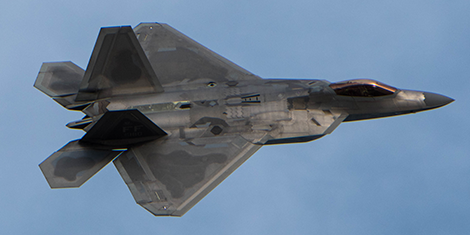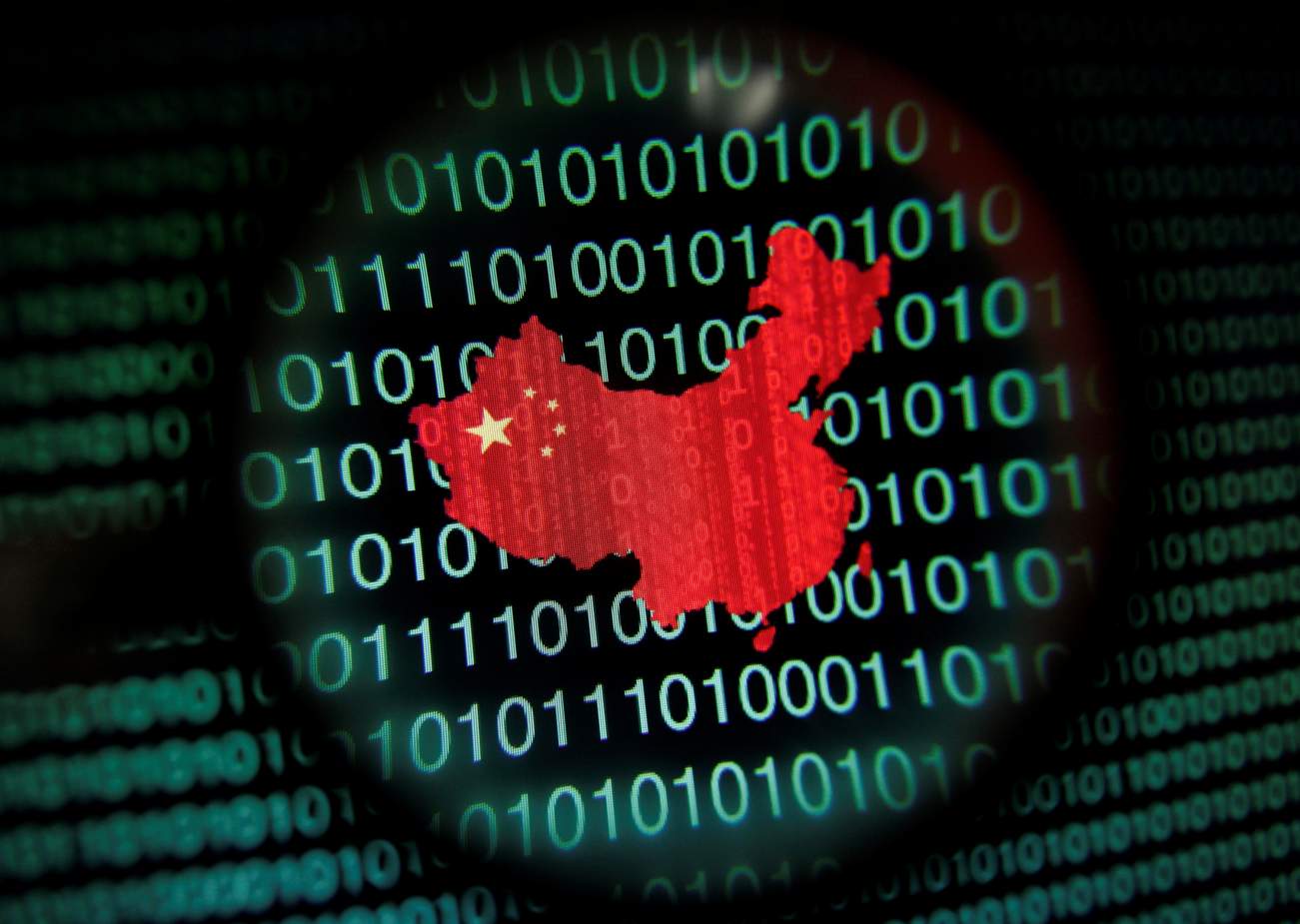BY PARAG KHANNA
It is now widely accepted that China aspires to displace the United States as the world’s sole superpower by 2049, the 100th anniversary of its modern founding. Amid a trade war and military escalations, an atmosphere many describe as “Cold War 2.0” has set in. But whatever happens between the United States and China, the outcome will not be a unipolar world, neither under American or Chinese tutelage.
The United States neither wants nor can afford to re-extend itself globally—nor do most countries want a return to American hegemony. The same applies to China. In fact, far from displacing the United States globally, it is not even likely that China will unilaterally dominate its own region of Asia.
To understand why, we need to quickly examine a pair of interrelated theoretical and historical falsehoods. A highly selective reading of the past two centuries leads many analysts to view geopolitics as a contest between the two most powerful states in the system at any given time. It is as if the planet is a frictionless table on which the United States and China alone are playing a game of Risk. But the global system as a whole bears no little resemblance to the narrow European historical template on which this power transition theory is based. Europe is composed of societies that share a small region and have common culture and religion, with each fearing conquest by a neighbor.
 Former Indian central bank governor Raghuram Rajan has warned capitalism is "under serious threat" as it has stopped providing for the masses.
Former Indian central bank governor Raghuram Rajan has warned capitalism is "under serious threat" as it has stopped providing for the masses.



















